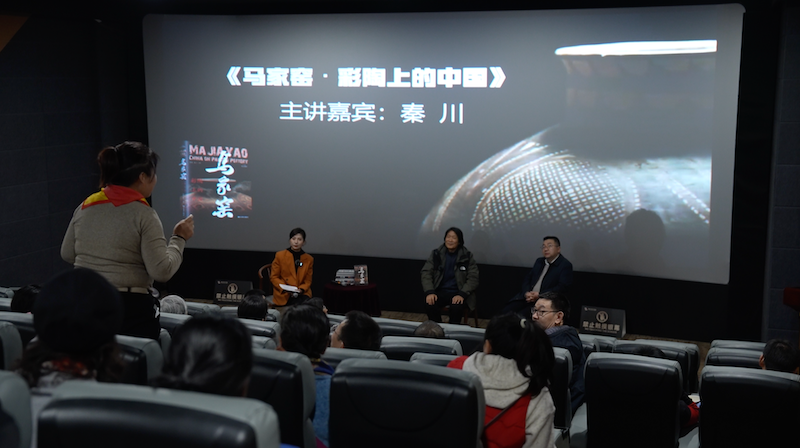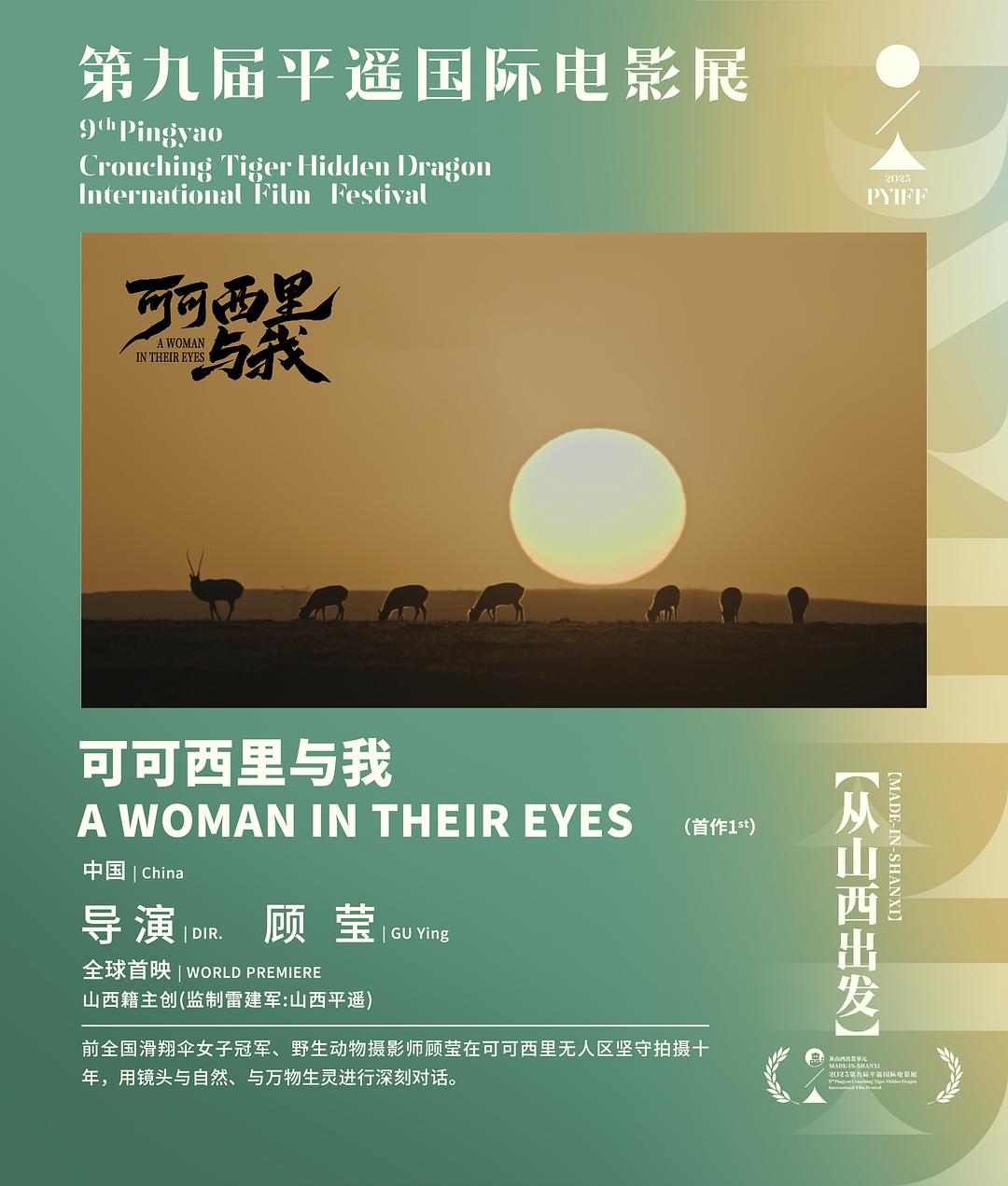
At the recently concluded 9th Pingyao International Film Festival, a documentary received rave reviews. A herd of Tibetan antelopes and a Qinghai-Tibet Railway train appeared on screen, and the rare sight of a Tibetan antelope giving birth was heartbreaking. Snow-capped mountains snaked like silver dragons, while sheep by Zhuonai Lake lowered their heads to drink in the breeze, the hair on their ears clearly visible.

"Kekexili and Me" premiered at the Pingyao International Film Festival
The uninhabited wilderness is majestic and tranquil. Behind the camera is a champion athlete who once set the Chinese women's paragliding 100-kilometer cross-country record. Through this documentary, she completes her transformation from "conquering the sky" to "listening to the land." Previously, Gu Ying and her team's footage was distributed through television and the internet, but this is the first time they have compiled the footage into a film.
"We filmed on the Qinghai-Tibet Plateau for ten years, and through that accumulated experience, we realized we could do something like this." The migration of the Tibetan antelope is the central plot, and the "I," a figure small yet insignificant in the vastness of the universe, is an equally crucial presence within the film. The age-old question of how humans and nature should coexist lies not in grand narratives but in the actions of everyday people.
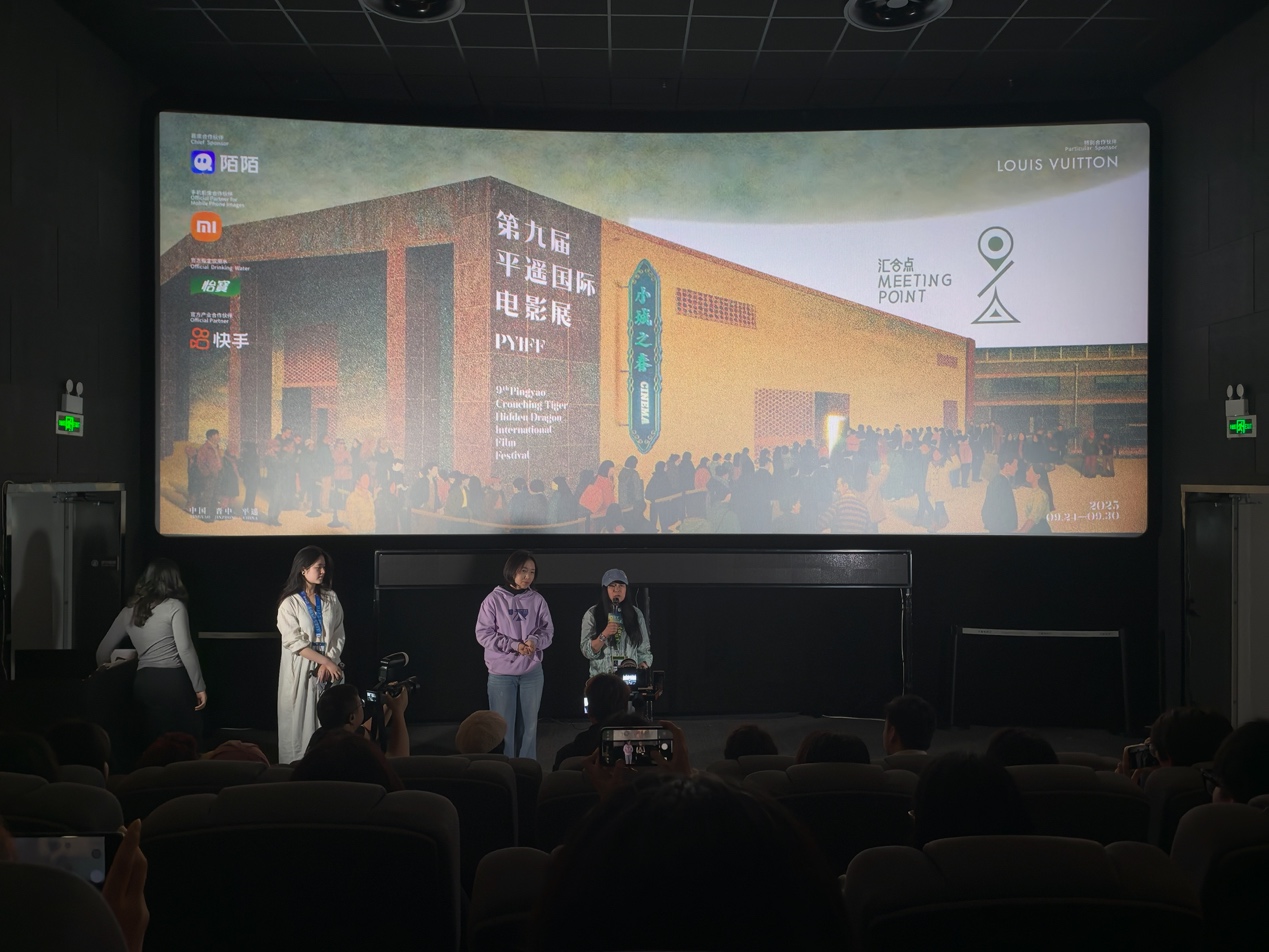
Gu Ying interacted with the audience after the screening in Pingyao
China's wasteland through the lens: Hiding the secrets of life that have attracted worldwide attention
The Sanjiangyuan region has an average altitude of over 4,000 meters, and the climate and light levels fluctuate rapidly. This places extremely high demands on the photographer to achieve the ideal results and allow viewers to experience realistic images closer to nature. Furthermore, photographing animals in the Hoh Xil National Park requires humans to be intruders, requiring immense effort and patience. She jokes that she rises earlier and goes to bed later than the Tibetan antelopes. Every morning at 5 a.m., before dawn, she quietly slips into her tent and waits silently for her target to appear. She doesn't emerge until after dark at 9 p.m., returning to her car to rest. "You can't eat anything with a strong odor, and you even have to breathe softly, otherwise brown bears will follow the scent and the Tibetan antelopes will be startled and flee." The significance of waiting quietly emerges as animals like the Tibetan antelope and snow leopards repeatedly approach the camera.
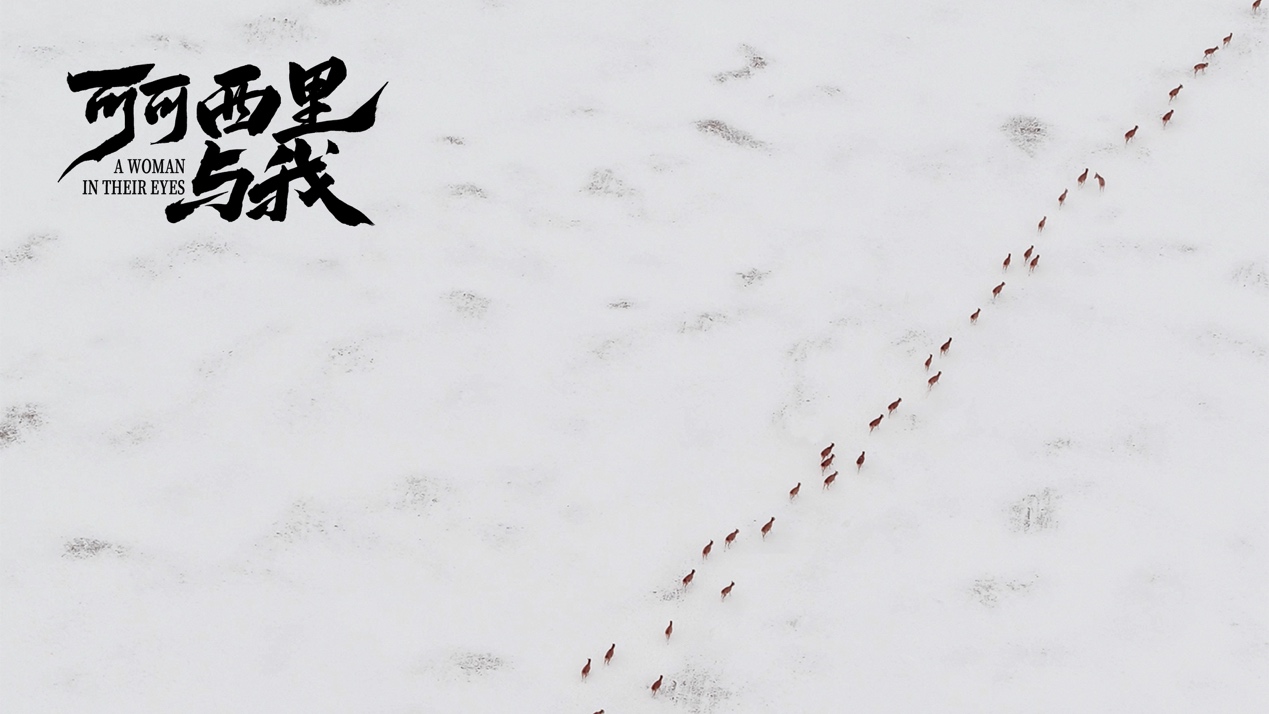
Gu Ying deliberately avoids "exotic" recordings, focusing instead on the daily lives of a "community of life." She documents wolves devouring bloody Tibetan antelopes, and also captures personnel at the conservation station rescuing injured young Tibetan antelopes. Cars and people getting stuck in mud are commonplace. The dangers of uninhabited areas can arise at any time due to weather, animals, or vehicle breakdowns, yet those who inhabit them always handle these situations with an optimistic and open-minded attitude.
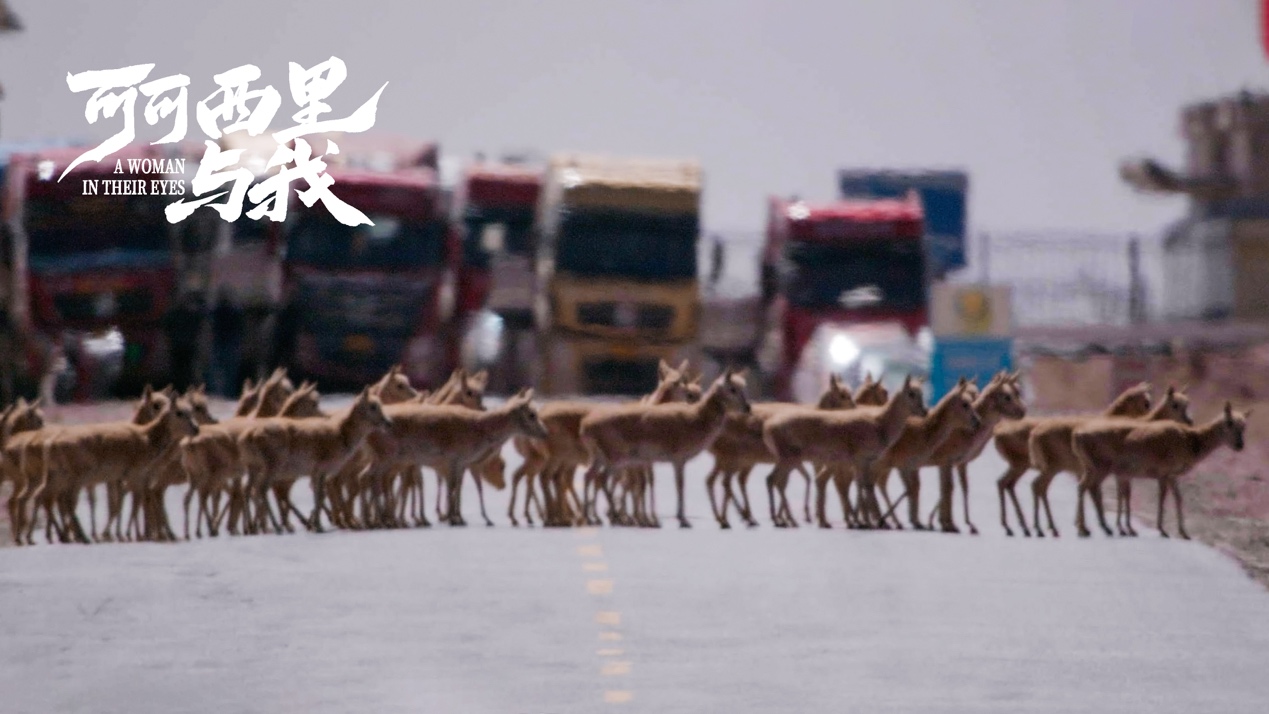
The documentary fully shows the migration of Tibetan antelopes for the first time
The film features numerous rare and world-class images, providing a vivid footnote to China's wilderness ecology. Besides being the first to showcase the spectacular migration of the Tibetan antelope, one of the three largest hoofed species on Earth, the film also offers a particularly profound contrast: the construction of the Qinghai-Tibet Railway inevitably interrupted a migration route that had been followed by generations of Tibetan antelope for millennia.
In 2016, a photograph showed Tibetan antelopes frozen beneath a railway bridge. Seven years later, the herd voluntarily crossed the bridge to join the train. The rumble of the train in the image speaks of the reconciliation between humanity and nature, and how these seemingly distant creatures continue to connect and evolve with us. "As a photographer, I feel compelled to document this so that more people can understand Tibet and the people who protect it," said Gu Ying.
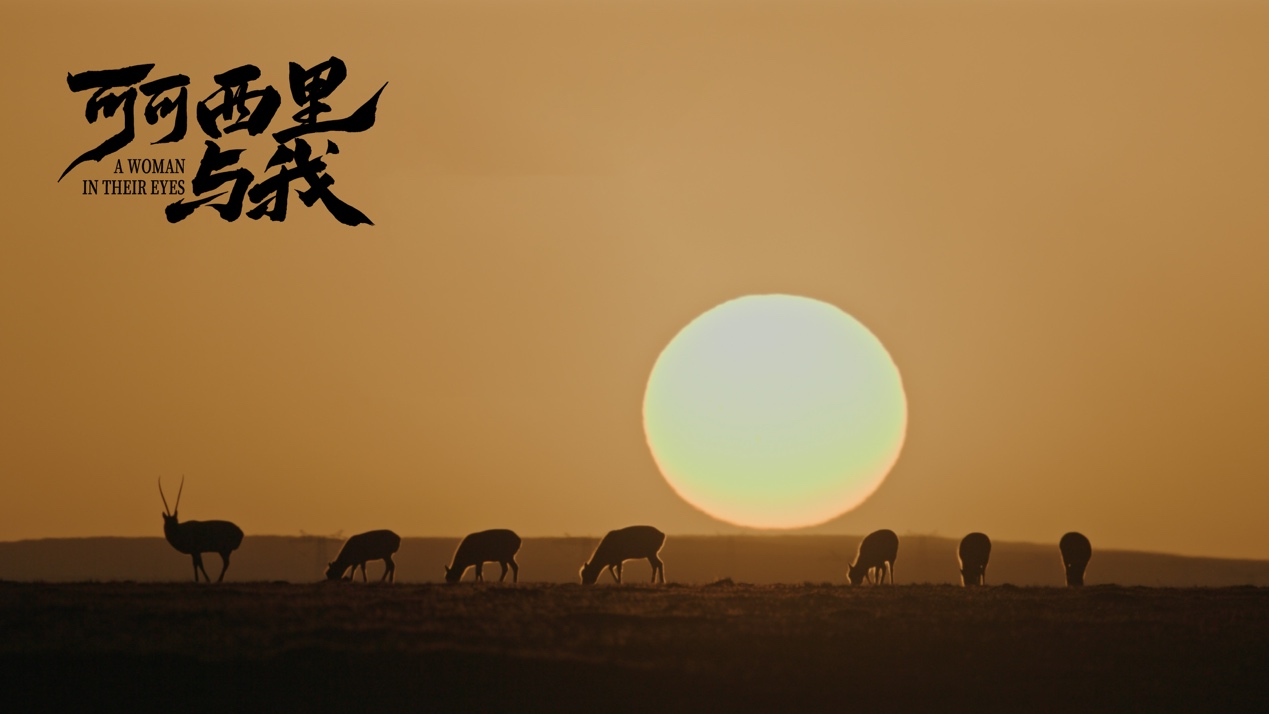
Stills from "Me and Hoh Xil"
From conquering the blue sky to the wilderness
Before 2009, Gu Ying's life was defined by "pushing boundaries." In her six-year paragliding career, she not only won four national championships but also became the first female athlete in China to complete a 100-kilometer point-to-point, straight-line, cross-country flight. During those days of navigating the turbulent air currents, she accustomed herself to surveying the earth from a bird's-eye view, never anticipating that fate would force her to re-experience nature from a prostrate position. A stall crash while preparing for the World Cup resulted in a comminuted fracture of her second lumbar vertebra. Three months of hospitalization forced her to bid farewell to the skies she loved, and she briefly believed her life's journey was over.
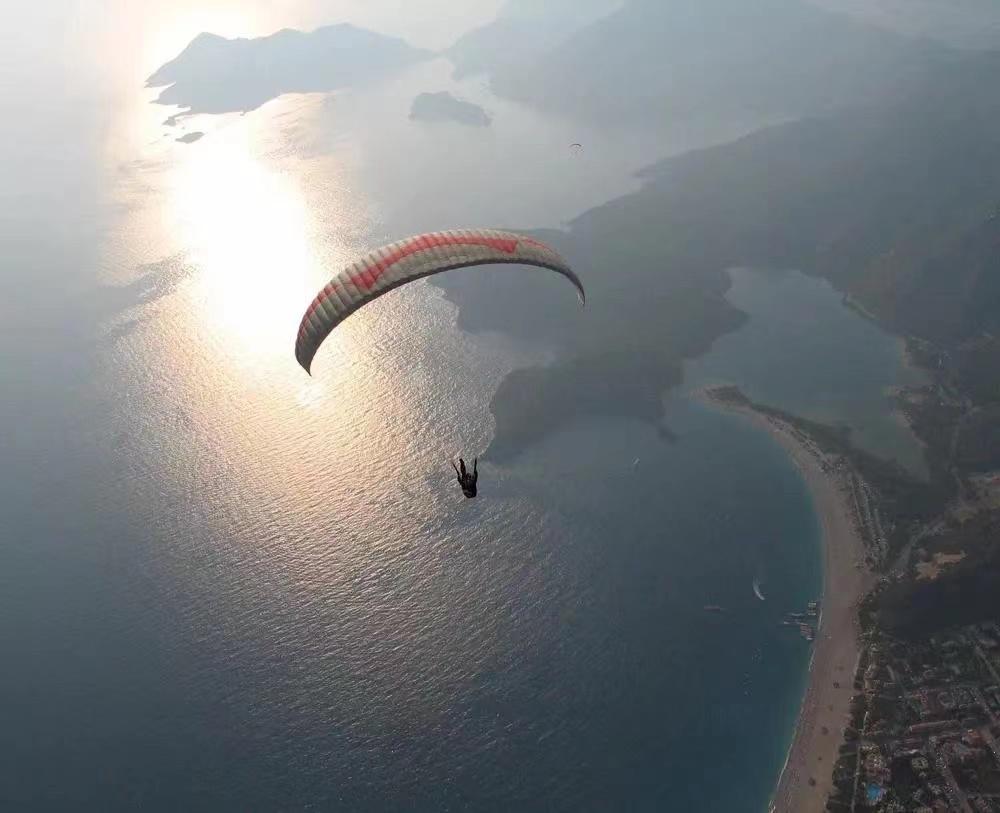
Gu Ying soars in the blue sky
A turning point came at the Shenzhen Bay birdwatching wetland. Using a borrowed camera, she captured the flapping wings of a black-faced spoonbill, and Gu Ying suddenly felt like she had "flyed back into the sky, following the bird." Paragliders call themselves "birders," meaning they can soar freely in the sky. From that moment, I felt the emotion of flight was released through this lens. This photo became a watershed moment in her life.
In 2011, she journeyed solo into Tibet in an off-road vehicle, lurking for weeks in the mountains at 4,000 meters above sea level, climbing at 3 a.m. with 30 kilograms of equipment on her back, surviving on instant noodles and temple butter tea. Finally, she captured a rare and elusive bird. Over the past decade, Gu Ying's lens has gradually shifted from "capturing the moment" to "preserving eternity," and her identity has quietly evolved from "champion athlete" to "wilderness chronicler." In 2016, she was named a "Chinese Cultural Figure," and in 2017, she won the NBP World's Best Nature Photographer Award. Her work is now in the permanent collection of the National Museum of Natural History in Washington, D.C.
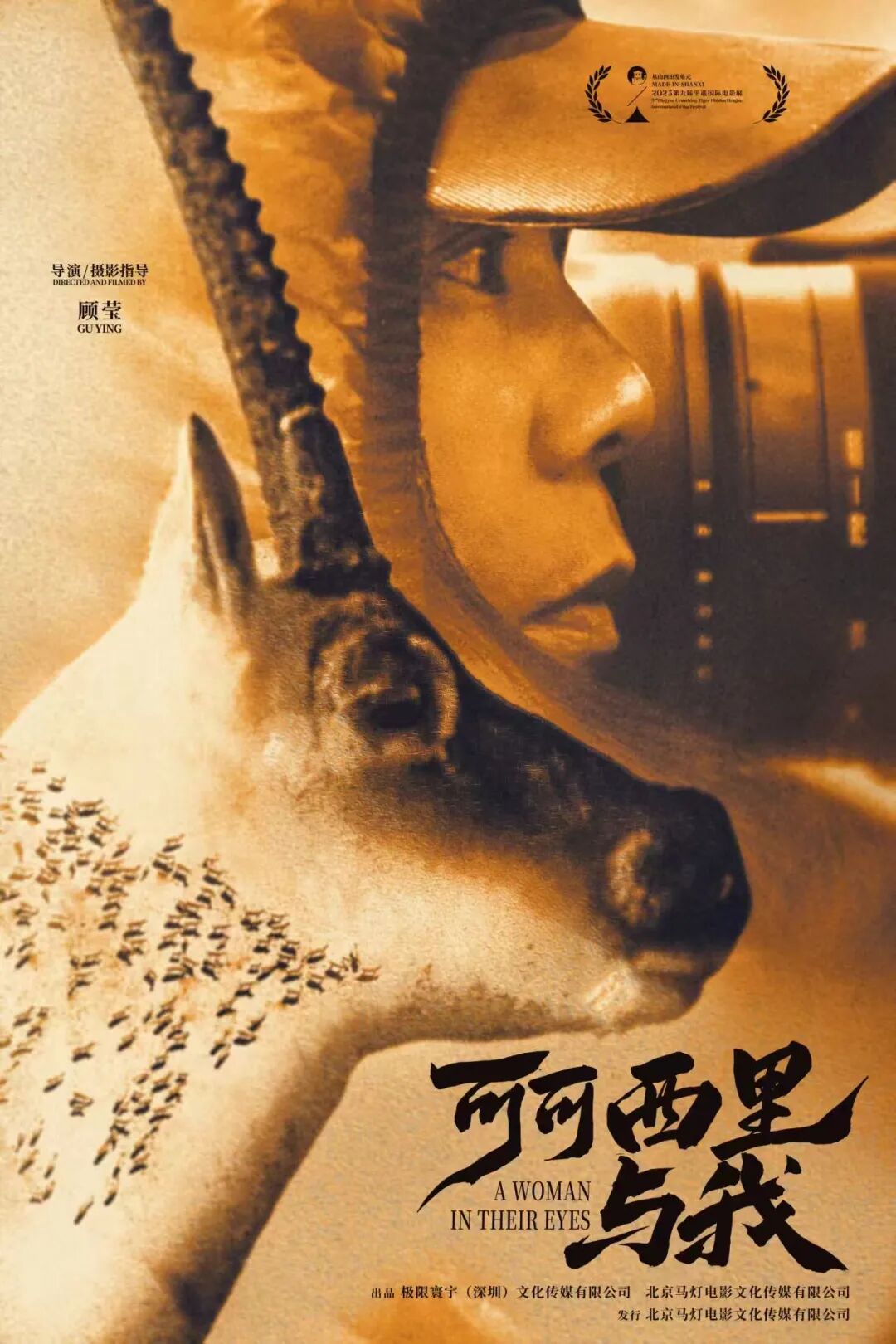
Poster of "Me and Hoh Xil"
In 2016, Gu Ying first ventured into the Hoh Xil National Park to shoot footage for the Hoh Xil National Heritage application, only to be captivated by the wilderness's vibrant energy. As a special photographer for the Hoh Xil National Heritage application, she traveled deep into the uninhabited area with three drones and hundreds of kilograms of equipment. Everything here was so pristine and pure that she fell in love with it the moment she arrived. The wildlife living on the plateau possesses characteristics and habits that are completely different from those found elsewhere. Being able to observe and document them up close was exhilarating for Gu Ying, saying, "It's a gift, and a blessing."
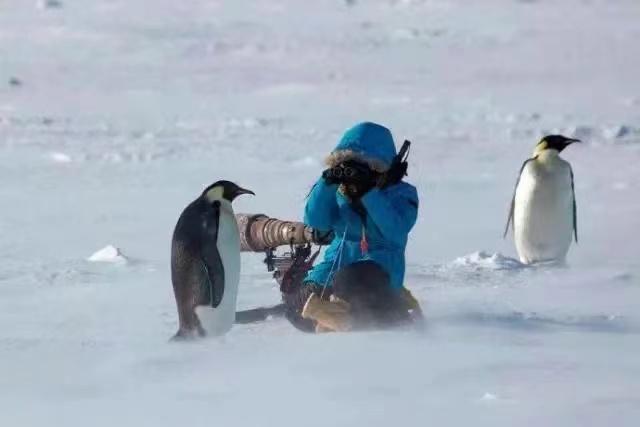
Gu Ying photographs emperor penguins in Antarctica
The Tibetan antelopes in Hoh Xil, the polar bears in the Arctic Circle, and the emperor penguins in the heart of Antarctica together make up Gu Ying's "Three Poles of the Earth" topic. It seems that "champion" is a physical quality. Gu Ying changed the track, but she still has the same ambition and fighting spirit as when she was an athlete. "As a local Chinese photographer and director, although we started relatively late, but now through our own efforts, the images of China's natural field have been greatly improved and enhanced. The content we can shoot can also reach the leading level internationally."
Gu Ying hopes that by leveraging her roots in the Qinghai-Tibet Plateau, she can "make a documentary that will allow the world to see China and the current state of its wildlife."

